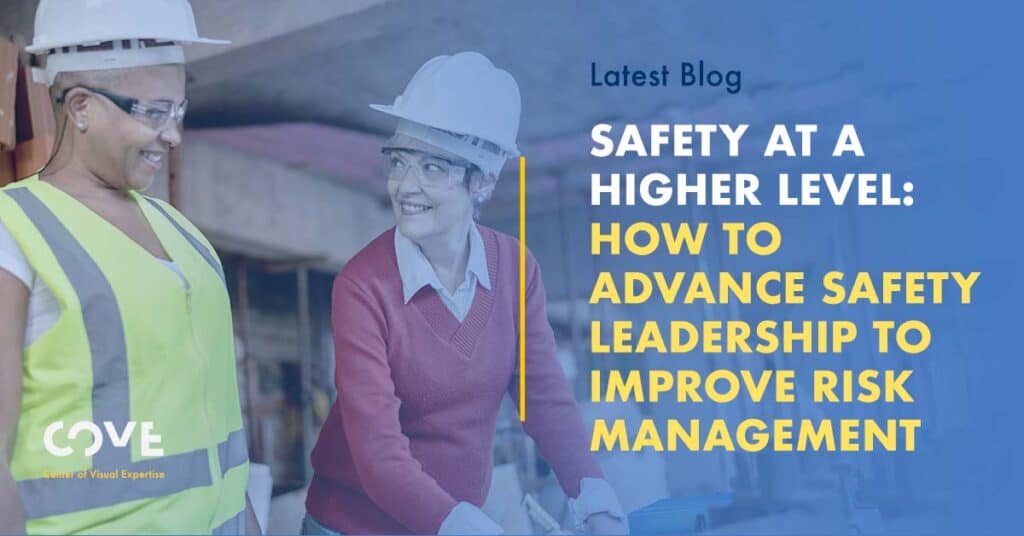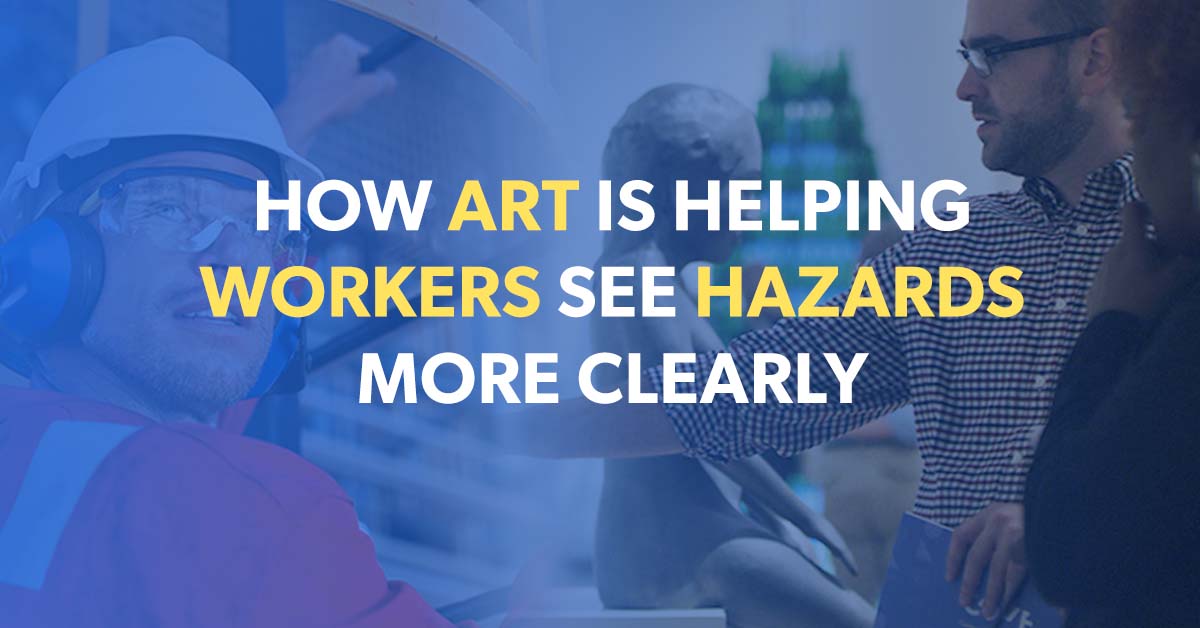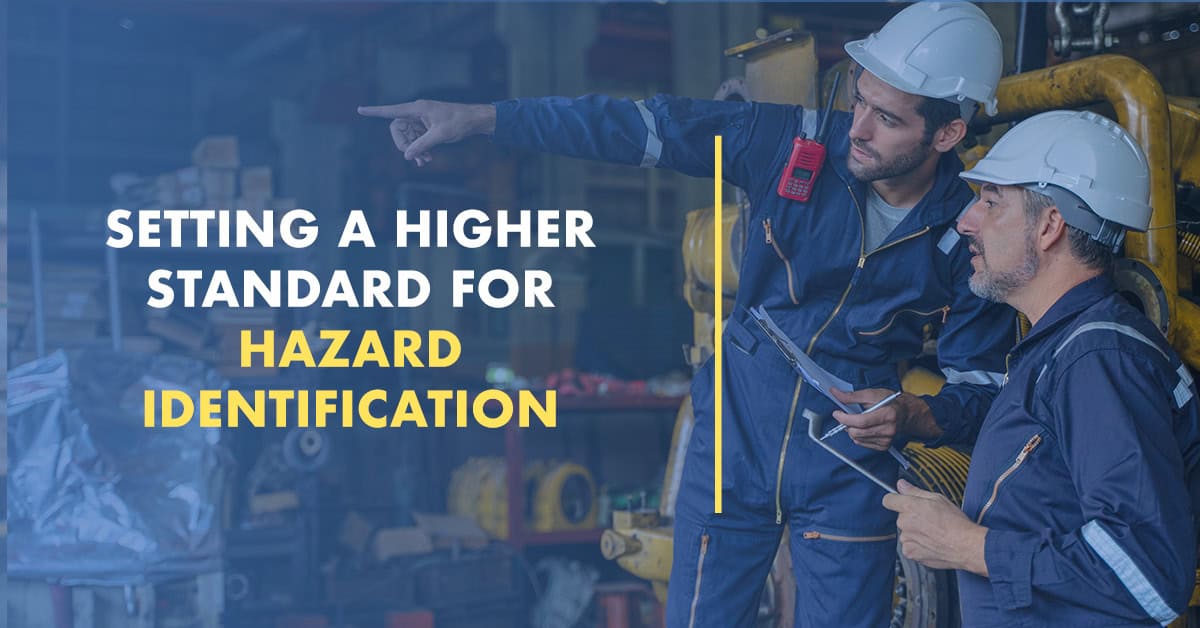Leadership is essential at every level of an organization. However, it’s important to note that leadership is a set of traits and not a position. Anyone can be called a leader based on their title alone, but it’s how they put their traits to use that truly make them a leader. Safety leaders, specifically, must possess characteristics that motivate and empower teams to work safer together. Having a traditional, also known as transactional, leadership style will not have the impact on safety performance that organizations need today. In this article, we discuss the characteristics of a great safety leader and offer best practices for improving the leadership skills needed for effective risk management and positive safety performance outcomes.
What Makes a Great Safety Leader?
Before diving into great safety leadership, we need to introduce and discuss the three pillars of safety performance. The white paper, Leading Safety by Seeing Safety explains how the pillars: hazards, systems, and culture are intertwined with each other and how safety leaders must understand how they work together and impact one another. If these leaders want to see results, they must learn how to manage these pillars.
As a refresher, here’s how we define the three pillars:
- Hazards – the core processes, tools and methodologies that enable consistent, effective and timely identification of workplace hazards.
- Systems – the management systems, engineering and procedures that allow for sustained and reliable management of all aspects of safety performance.
- Culture – the goal setting, messaging, communications and actions that set the context in which the organization operates.
Very often when there are gaps and/or opportunities in safety leadership, it’s because those leaders are having challenges balancing the management of the three pillars above. They may be strong in an area such as hazard recognition, but do not understand what it takes to have a positive safety culture nor why it is important. Additionally, leaders that mismanage the three pillars may exhibit a transactional leadership style where they are heavily task-oriented, have a traditional leader-employee relationship, and are more likely to focus more on work and “getting things done” than their employees.
Great safety leaders are transformational. They care deeply about protecting their people from harm and regularly demonstrate the value of safety through their actions. They engage and push their employees to find and address potential exposures throughout the organization. These leaders see it as their personal responsibility to ensure their organizations promote the safety of their employees. Instead of focusing on high performance and profit, they make decisions based on how it affects their employees and the greater community.
Best Practices to Advance Safety Leadership
To become more effective and impactful in how leaders drive, engage and support safety across their operations, they need to consider developing and demonstrating a few characteristics that define transformational leaders. Incorporating a few of the following practices into one’s leadership style will help build credibility and trust, create safety cultures that focus on hazard recognition and risk management, and contribute to better organizational safety outcomes.
1
Walk the talk. Walking the talk, also known as leading by example, is extremely important in ensuring employees know exactly what is expected of them. Employees are less likely to develop bad habits or find shortcuts around the rules and procedures when leadership sets the tone and models safe behavior.
2
Understand safety operations and systems. Leaders must know how works gets done, the operational structures, engineering and the safety management systems and processes in place to be able to evaluate hazards and risks with adequate context. Knowing the ins and outs also helps improve credibility and visibility in an organization.
3
Actively manage the safety climate. Leaders must know the difference between safety climate and safety culture, how culture influences climate, and how to improve the climate by building a culture that supports safety excellence. One example that helps change the climate is having leaders engage in critical safety activities such as hazard hunts, safety reviews and observations, incident investigations, etc. Getting into the trenches helps place leaders at even level with employees where everyone is working to achieve a common goal.
4
Make communication a priority. Often leaders get bogged down in responsibilities and in reporting to their superiors that they may de-prioritize or delay employee communication, unless it’s part of protocol (such as after an incident). It’s important to communicate with employees about new strategies, processes or procedures, especially if changes will be affecting their jobs. Transformational leaders also have an open-door policy, practicing as discretion as needed, but nonetheless welcoming employees’ questions or concerns regarding leadership communications.
5
Solve problems through collaboration. Solving problems requires a team effort. When a safety issue arises, safety leaders should engage with their employees to develop a solution. Leaders should pause before reacting, gather all of the information, communicate the situation to the team, solicit and listen to input, ask questions for clarity or further explanation, and have a healthy discussion until there’s resolution. The leader should also assign tasks and follow-up on actions as needed.
6
Create leaders at every level. Business author and speaker Tom Peters said, “Leaders don’t create followers; they create more leaders.” Great safety leaders share the responsibility of making the workplace safer for everyone. They are active in building the next generation of leaders, empowering engaged employees to lead, mentoring new hires, setting safety goals, and recognizing exemplary performance.
7
Cultivate a culture of learning. Even the most successful organizations have room to improve. Organizations that constantly monitor their performance can adapt their business or safety strategy based on successes and shortcomings. They can assess their current state and explore opportunities for improvement. Great safety leaders know that leadership and development are continuous, and that building a culture of learning is crucial to ongoing success.
8
Provide and welcome feedback. How can your employees know if they’re fulfilling goals, practicing safe work, or just doing a good job without hearing feedback? Delivering feedback (positive and guidance) is an art and leaders need to master it. But just as leaders become comfortable providing feedback, they must also be able to welcome it. How else will they know if their actions/behaviors are having the intended impact on employees?
Seeing Safety From a Higher Level
Title, position, and salary do not make a great safety leader. Strong safety leadership is transformational. It engages and motivates employees to create a sustainable culture that works to recognize and mitigate hazards, manage risk and protect one another from harmful incidents.
One may believe that great safety leaders are born, but the truth is effective leadership skills can be learned so long as the leader is personally committed to safety. In fact, leaders who desire advancing their skills should consider COVE’s Visual Literacy training. A leader who develops a deep understanding of visual literacy and its impact on safety performance will be better able to calibrate the three pillars of hazards, systems, and culture, deliver reliable safety outcomes and provide the leadership the organization needs.
Learn more about COVE’s Visual Literacy training and gain a fresh perspective on improving safety performance.




